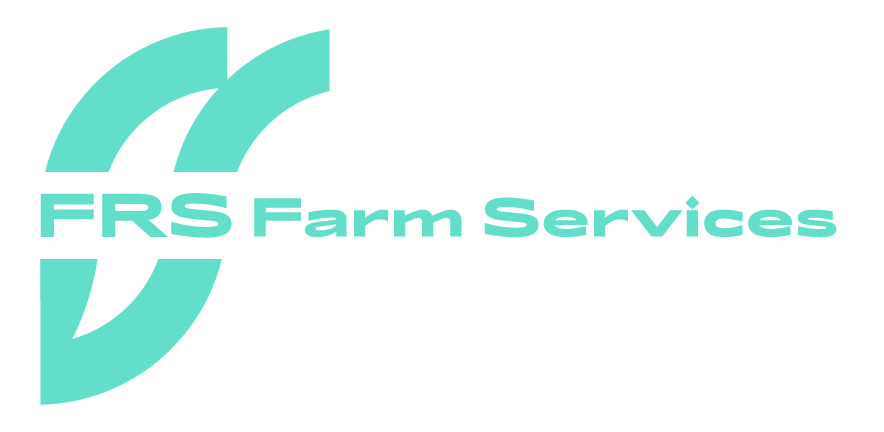With breeding season coming to an end, this time of year can be one of the most dangerous times on a farm. Many farmers will have finished with AI and have let a stock bull out with the cows to serve the remainder of the herd. The dangers associated with bulls are widely recognised, but farmers need to remember that all cattle pose a risk.
There are many dangers when working with livestock, farmers must put safety first. Since 2010, 18% of fatal accidents involved animals. However, there are a large amount of instances where farmers, farm workers, farm visitors and children are needlessly injured due to a lack of safety awareness. By adhering to guidelines and safety procedure, dangerous situations involving cattle are almost entirely avoidable.
Regardless of how ‘quiet’ an animal may seem, extra care needs to be taken as all animals are unpredictable. Every week there are countless injuries from handling cattle, farmers can avoid these by following the below advice.
Stay safe when working with bulls
- Due to their unpredictability, farmers should try to keep bulls away from fields where there is a right of way or the public might have access too.
- Have warning signs around your farm or on gates to notify that a bull is present. Ensure paddocks are well fenced.
- Never turn your back on a bull.
- Do not allow children anywhere near a bull and avoid bringing dogs into a paddock.
- If a bull becomes volatile, it is best to remove him from your farm.
- When selecting a bull, use a bull that is more likely to produce docile offspring.
- Maximise the use of AI to eliminate the need for a stock bull.
Stay safe when working with cattle
- FRS run specialised Bull Handling and Livestock safety training courses.
- When working with cattle prepare the yard in advance. Ensure you have all equipment ready and gates set up.
- Try to put something in between you and the animal, like a gate, and always plan an alternative escape route.
- Be aware that cattle have panoramic vision and very limited depth perception. This means they can be easily frightened by shadows or moving distractions in their peripheral vision. Reducing these movements and blocking their vision will also help stop escape attempts.
- Cattle have a blind spot directly behind so let them know you are approaching.
- Take your time at the task. Do not rush as mistakes are more likely to happen.
- Have an extra set of hands to help when dealing with livestock.
- Use a paddle or stick to assist in directing cattle.
- Be vigilant for signs of aggression in cattle, consider culling if needed.
- Try to keep the yard clean. Reduce trip hazards and slip areas with mats.
- Wear protective clothing and suitable footwear.
It is advisable to always have experienced help while handling cattle. Farm Relief Services offers reliable farm aid to help with daily farm tasks. FRS operators are following the current Covid 19 guidelines to safeguard the health and safety of customers and themselves.
To find out more about services FRS provide, visit http://www.frsfarmrelief.ie/.
Like Farm Safety Live on Facebook for more farm safety tips.
